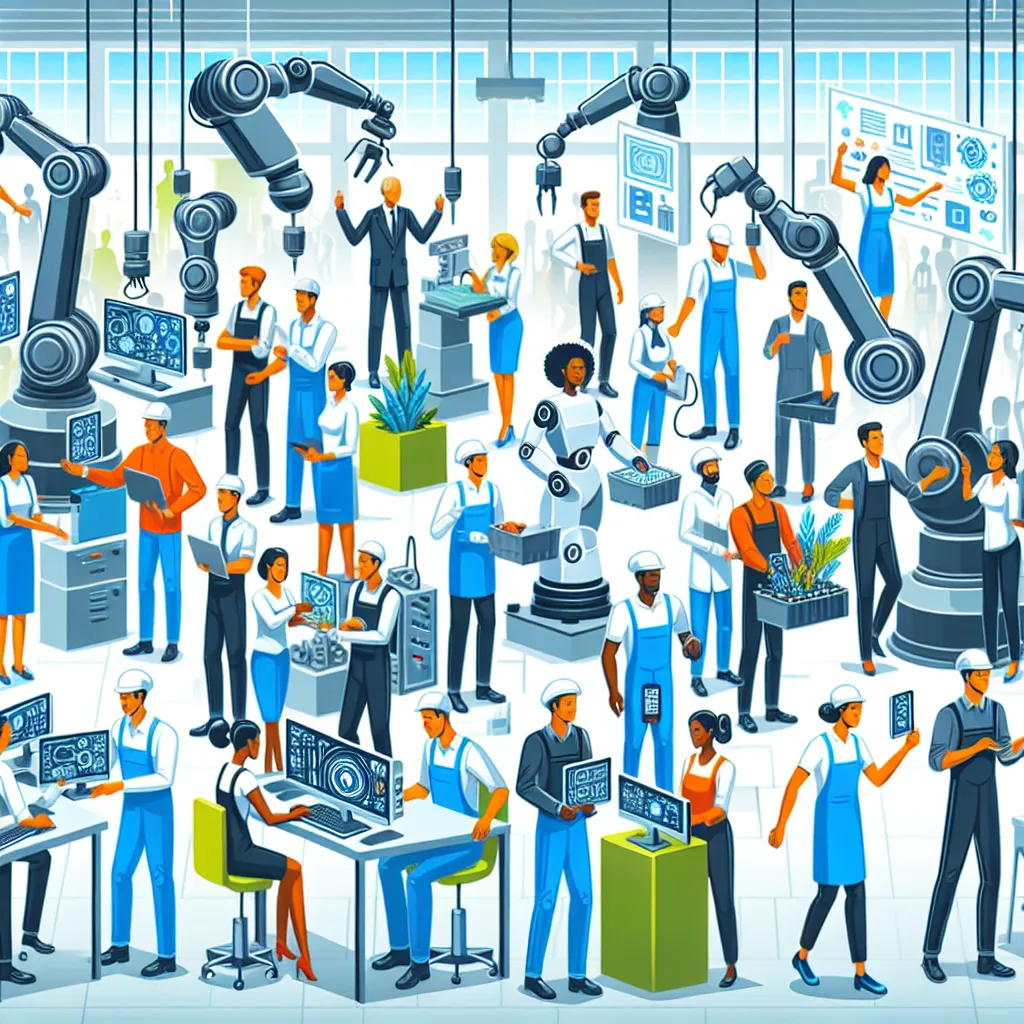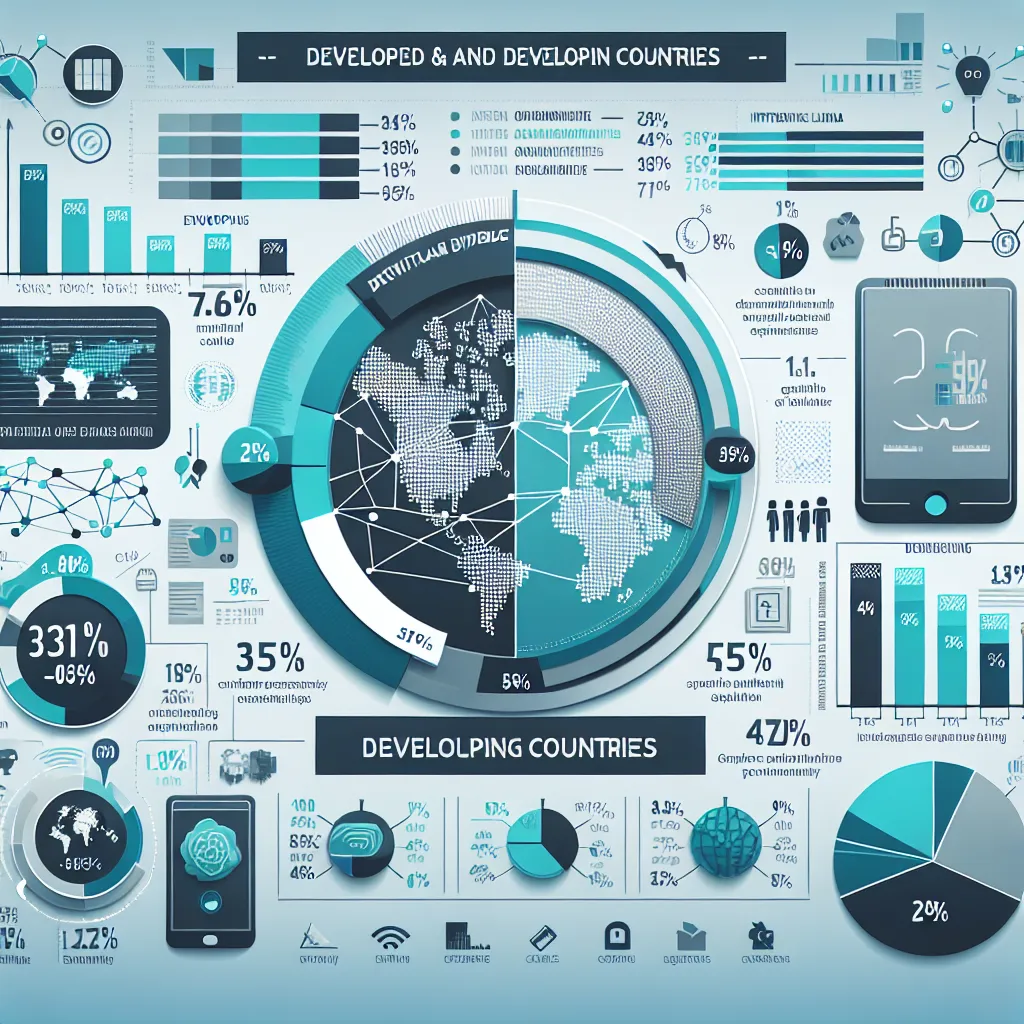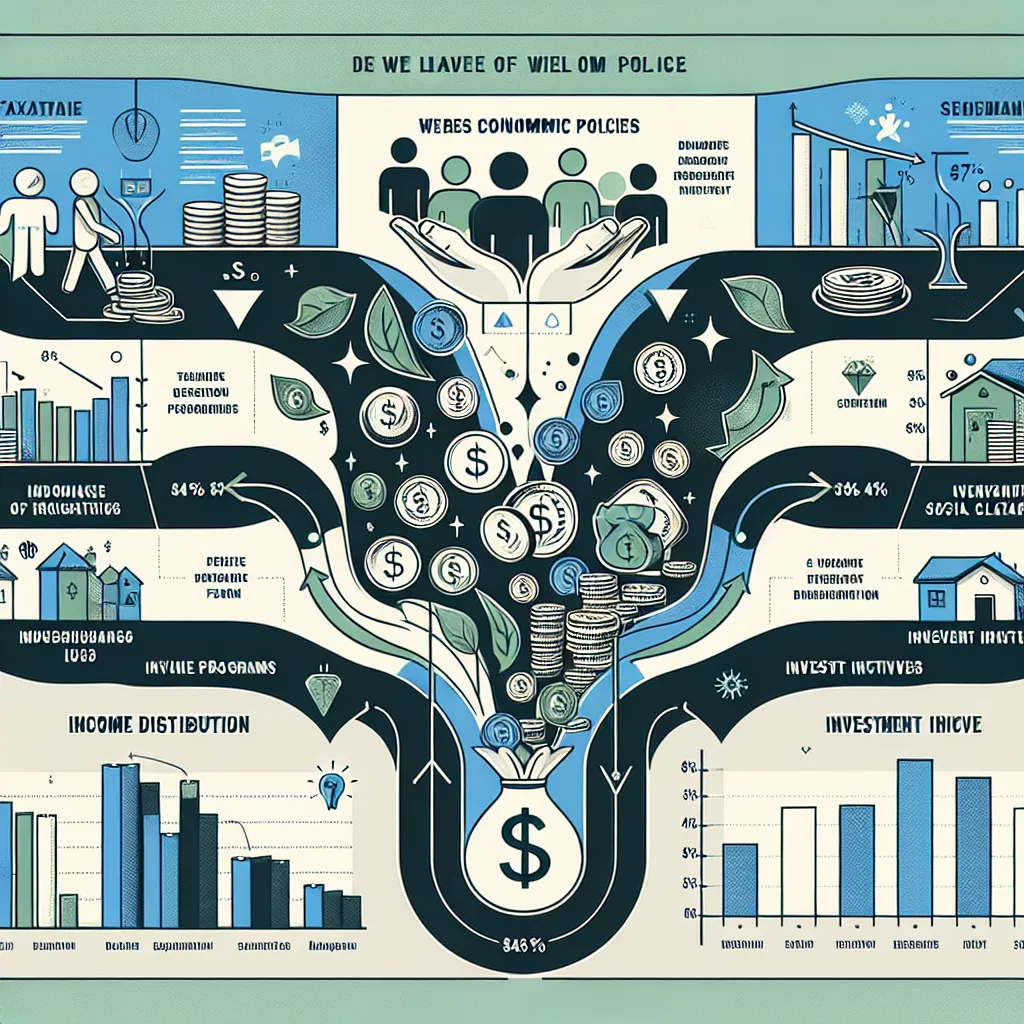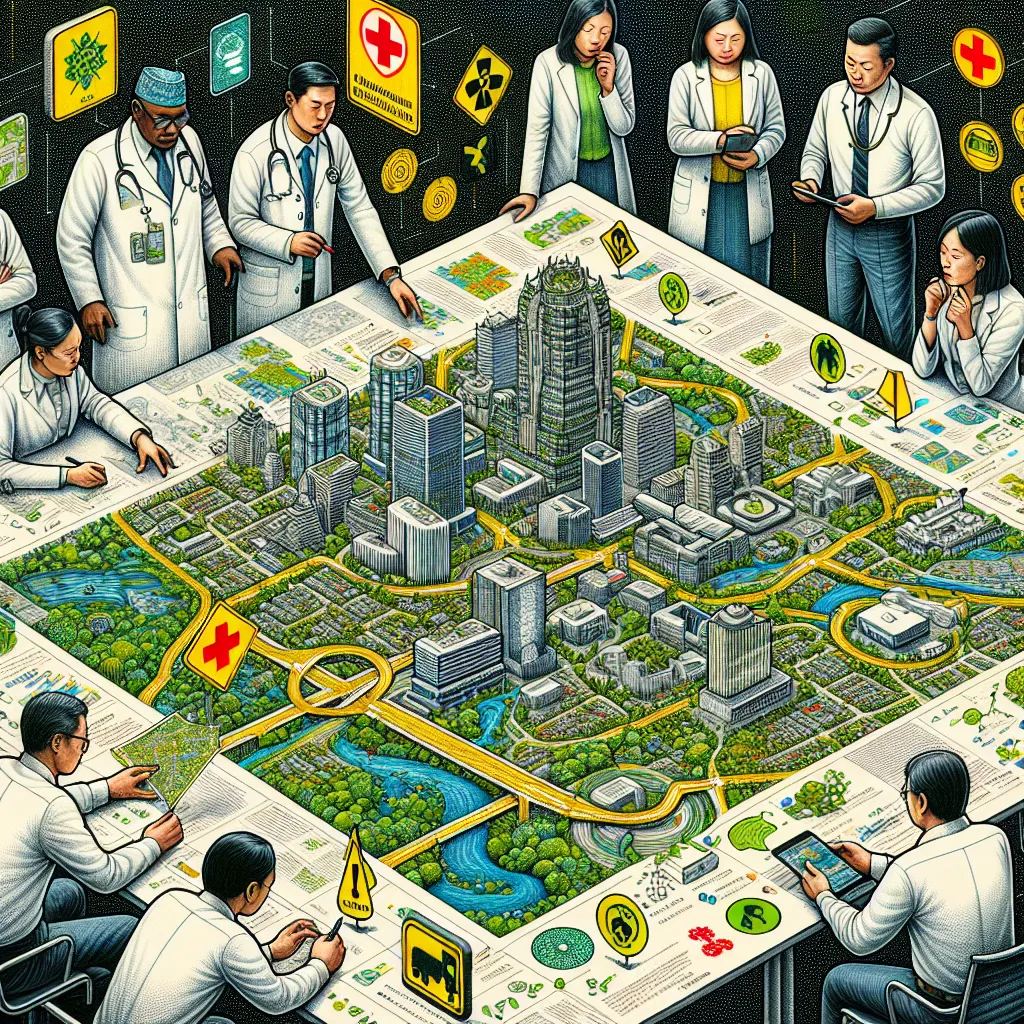Technological disruption and its effects on employment have become increasingly prevalent topics in IELTS Writing Task 2. This theme has appeared in various forms in past exams and is likely to continue being a significant subject in future tests. Given its relevance to our rapidly evolving job market, it’s crucial for IELTS candidates to be well-prepared to address this topic.
Nội dung bài viết
Let’s examine a relevant question that has appeared in recent IELTS exams:
Some people say that the only way for workers to protect their jobs from technological change is to refuse to use new technology in the workplace. To what extent do you agree or disagree?
Analyzing the Question
This question addresses the impact of technological disruption on employment, focusing on a specific proposed solution. Let’s break it down:
- Topic: The relationship between technological change and job security
- Focus: The suggestion that refusing to use new technology can protect jobs
- Task: Express your opinion on the extent to which you agree or disagree with this statement
The question requires you to critically evaluate the proposed solution and provide a well-reasoned argument for your stance.
Sample Essay 1 (Band 8-9)
In today’s rapidly evolving technological landscape, the impact of innovation on employment has become a pressing concern. While some argue that rejecting new technology in the workplace is the only way to safeguard jobs, I strongly disagree with this viewpoint. This essay will explore why such an approach is not only ineffective but potentially detrimental to both workers and businesses.
Firstly, refusing to adopt new technology is a short-sighted strategy that ultimately hinders rather than helps job security. In an increasingly competitive global market, companies that fail to embrace technological advancements risk falling behind their more innovative counterparts. This could lead to reduced profitability and, ironically, result in job losses as struggling businesses are forced to downsize or close. For instance, companies that resisted the shift to e-commerce have found themselves at a significant disadvantage compared to those that adapted, leading to store closures and layoffs in the traditional retail sector.
Moreover, rejecting new technology prevents workers from developing crucial skills that are becoming increasingly valuable in the job market. As automation and artificial intelligence continue to transform various industries, the demand for workers who can operate, maintain, and innovate with new technologies is rising. By refusing to engage with these advancements, employees limit their own career prospects and adaptability. A case in point is the manufacturing sector, where workers who have upskilled to work alongside robots and automated systems have often found new, higher-paying roles, while those who resisted change have struggled to remain relevant.
Instead of refusing new technology, a more effective approach to job protection lies in proactive adaptation and continuous learning. Governments, businesses, and educational institutions should collaborate to provide training programs that help workers transition into new roles created by technological advancements. Additionally, fostering a culture of innovation and creativity within organizations can lead to the development of new products, services, and job opportunities that complement rather than replace human workers.
In conclusion, while the fear of job loss due to technological change is understandable, refusing to use new technology in the workplace is not a viable solution. Instead, embracing innovation, developing new skills, and fostering adaptability are far more effective strategies for protecting and enhancing employment opportunities in the face of technological disruption.
(Word count: 365)
Sample Essay 2 (Band 6-7)
In today’s world, technology is changing fast and affecting many jobs. Some people think that not using new technology at work is the only way to keep jobs safe. However, I disagree with this idea. This essay will explain why I think this approach is not good and suggest better ways to deal with technological changes.
Firstly, refusing to use new technology can actually make jobs less secure. Companies need to stay competitive, and if they don’t use new technology, they might fall behind other businesses. This could lead to the company losing money and having to cut jobs. For example, many stores that didn’t start selling things online have had to close because they couldn’t compete with online shops.
Secondly, not using new technology means workers don’t learn important new skills. As more jobs start using computers and robots, people who know how to work with these technologies will have more job opportunities. If workers don’t learn these skills, they might find it harder to get new jobs in the future. For instance, in factories, workers who learned to use new machines often got better jobs, while those who didn’t struggled to find work.
Instead of refusing to use new technology, there are better ways to protect jobs. One way is for companies and the government to provide training for workers. This can help people learn how to use new technologies and find new jobs if their old ones disappear. Also, encouraging workers to come up with new ideas can help create new types of jobs that work well with technology.
In conclusion, I believe that refusing to use new technology at work is not a good way to protect jobs. It’s better for workers and companies to learn how to use new technologies and find ways to work alongside them. This approach can help create more job opportunities and keep people employed even as technology changes.
(Word count: 309)
 Technological disruption and employment
Technological disruption and employment
Key Points to Remember When Writing
-
Structure: Both essays follow a clear structure with an introduction, body paragraphs, and a conclusion. The band 8-9 essay has more sophisticated paragraph transitions and a more nuanced argument.
-
Language: The band 8-9 essay uses more advanced vocabulary and complex sentence structures, while the band 6-7 essay uses simpler language but still maintains clarity.
-
Examples: Both essays provide relevant examples to support their arguments. The band 8-9 essay’s examples are more specific and detailed.
-
Coherence: The band 8-9 essay demonstrates stronger coherence with clear topic sentences and a more logical flow of ideas.
-
Task Response: Both essays address the question directly, but the band 8-9 essay provides a more comprehensive and nuanced response.
Vocabulary to Remember
- Technological disruption (noun) /ˌtek.nəˈlɒdʒ.ɪ.kəl dɪsˈrʌp.ʃən/ – significant changes caused by technological innovation
- Innovation (noun) /ˌɪn.əˈveɪ.ʃən/ – a new idea, method, or device
- Profitability (noun) /ˌprɒf.ɪ.təˈbɪl.ə.ti/ – the state or condition of yielding a financial profit or gain
- Adaptability (noun) /əˌdæp.təˈbɪl.ə.ti/ – the quality of being able to adjust to new conditions
- Upskill (verb) /ʌpˈskɪl/ – to learn new skills or to teach workers new skills
- Proactive (adjective) /prəʊˈæk.tɪv/ – acting in anticipation of future problems, needs, or changes
- Viable (adjective) /ˈvaɪ.ə.bəl/ – capable of working successfully; feasible
In conclusion, the topic of managing the impact of technological disruption on employment is likely to remain relevant in future IELTS Writing Task 2 questions. To prepare, practice writing essays on related themes such as:
- The role of education in preparing workers for technological change
- Government policies to support workers affected by automation
- The balance between technological advancement and job preservation
Remember to structure your essays clearly, use relevant examples, and demonstrate a nuanced understanding of the topic. We encourage you to practice writing an essay on the question provided in this article and share it in the comments section for feedback and further discussion.


